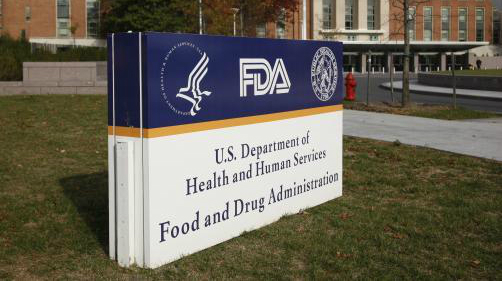FDA takes big step towards manufacturing harmonisation with Europe

The FDA is to treat drug manufacturing inspections by eight EU member states as equal to its own - a major step towards streamlining a cumbersome global system.
Announced yesterday by the FDA commissioner Scott Gottlieb as part of his reforming crusade, the move has in fact been years in the making, and will cut administrative costs by allowing national regulators to recognise inspections by their international counterparts.
In June, the European Commission confirmed that it would recognise good manufacturing practice inspections as part of a phased mutual recognition agreement.
As of yesterday the next phase began, where the FDA agreed to recognise inspections by Austria, Croatia, France, Italy, Malta, Spain, Sweden and the UK.
The FDA will continue to assess the remaining inspectorates until July 2019. The FDA has never before recognised another country’s inspectorate and the European Medicines Agency described the move as a “major milestone” towards closer co-operation and data-sharing to safeguard quality and safety of drugs.
Drug manufacturing is an international business and for 85% of medicines sold in the EU, at least one production step takes place outside the EU.
The agreement aims to reduce duplicate inspections, and will allow EU and FDA authorities and focus on manufacturing facilities outside either the US or Europe that are considered higher risk.
Regulators on both sides of the Atlantic have been working on the agreement since 2014. Matters are complicated as inspections in Europe are carried out by national regulators co-ordinated centrally by the EMA, rather than a single body such as the FDA.
This means that the US regulator will take longer to recognise the work of the various different EU regulators.
In a statement, the European Federation of Pharmaceutical Industries and Associations (EFPIA) said it has “maintained consistently that uniformity in the reporting of inspection findings by the US will be of significant value to global health authorities, industry, and the general public.”
“A clearer understanding of inspection results and the compliance status of a facility will mean that health authorities are able to dedicate limited inspectional resources to those facilities that need the greater regulatory oversight.”
The EMA’s executive director, professor Guido Rasi said the agreement is “testimony to the trust” between the two regulators.
[caption id="attachment_27182" align="alignnone" width="165"] Guido Rasi[/caption]
Guido Rasi[/caption]
FDA commissioner Scott Gottlieb added: “By partnering with these countries we can create greater efficiencies and better fulfill our public health goals, relying on the expertise of our colleagues and refocusing our resources on inspections in higher risk countries.”


